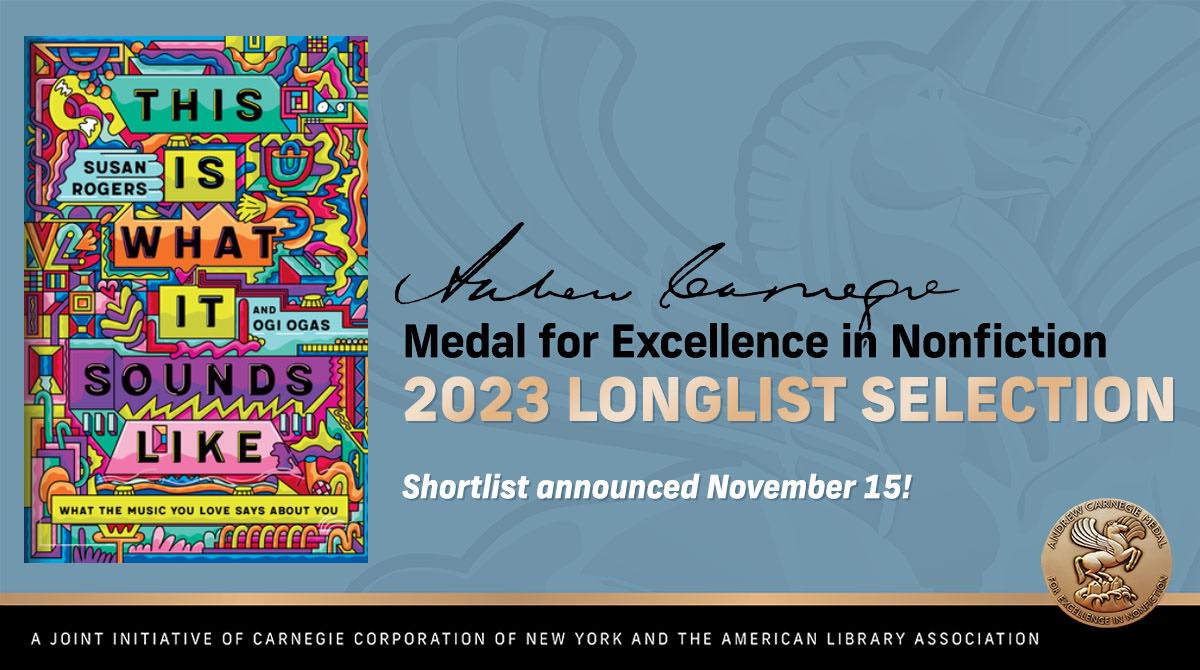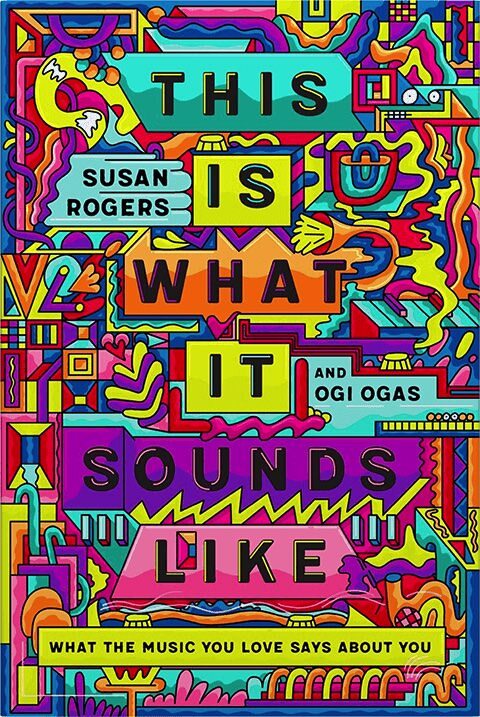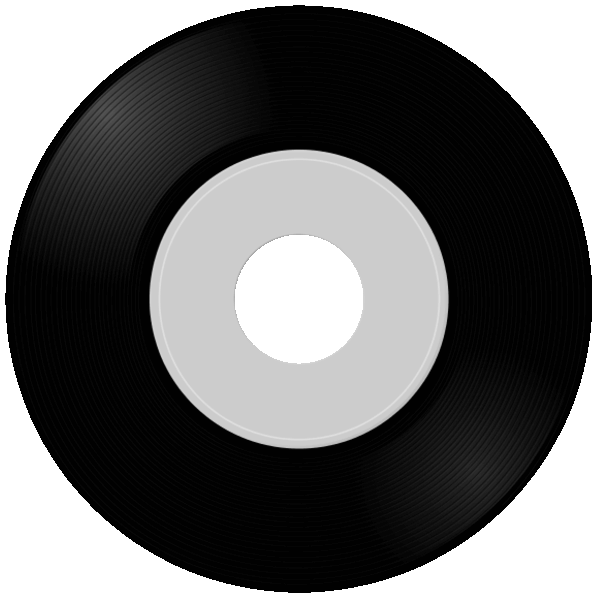A legendary record producer–turned–brain scientist explains why you fall in love with music.
When you listen to music, do you prefer lyrics or melody? Intricate harmonies or driving rhythm? The digital tones of synthesizers or the “real” sounds of acoustic instruments? Drawing from her successful career as a music producer (engineering hits like Prince’s “Purple Rain” and Barenaked Ladies' "One Week"), professor of cognitive neuroscience Susan Rogers reveals why your favorite songs move you. She explains that we each possess a unique “listener profile” based on our brain’s reaction to seven key dimensions of any record: authenticity, realism, novelty, melody, lyrics, rhythm, and timbre. Exploring this profile will deepen your connection to music, refresh your playlists, and uncover aspects of your personality. Rogers takes us behind the scenes of record-making, using her insider’s ear to illuminate the music of Prince, Frank Sinatra, Lana Del Rey, and many others. Told in a lively, inclusive style, This Is What It Sounds Like will change the way you listen to music.
In Stores Now!
Order This Is What It Sounds Like

You possess a personalized “listener profile” defined by your brain’s unique response to the seven key dimensions of a record:
Songs by Chapter
Click on a record to find a virtual juke-box for songs in the chapter
- Share a record that you love.
- Tell us why this record resonates with you.
- Turn us on to a record we might not know.









